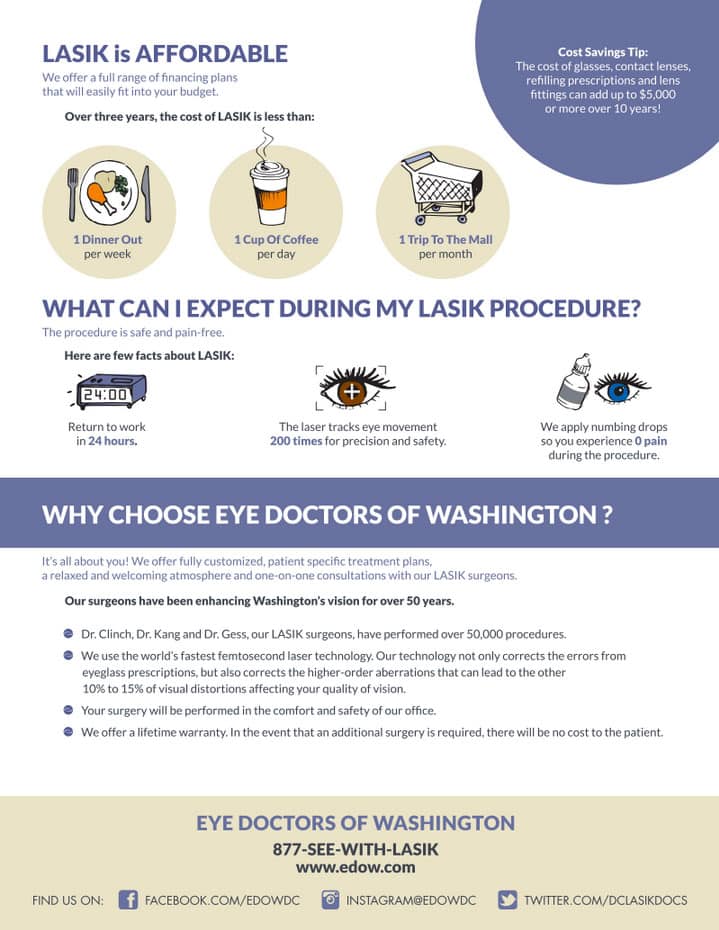A Thorough Introduction To The Variables Behind Dry Eye Disorder: A Guide For Beginners
A Thorough Introduction To The Variables Behind Dry Eye Disorder: A Guide For Beginners
Blog Article
Web Content Written By-Fox Gregory
If you've ever before experienced the discomfort of completely dry eyes, you may be questioning what factors are at play. From age-related changes to ecological triggers and way of living behaviors, the causes of completely dry eye syndrome can be complicated and complex. By untangling the detailed web of influences that add to this problem, you'll get a much deeper understanding of how to address and potentially relieve its symptoms. Remain tuned to reveal the complex interplay in between different components that can lead to dry eye disorder and discover methods to proactively manage this typical ocular concern.
Variables Influencing Dry Eye Advancement
Dry eye disorder can be affected by numerous variables that add to its development. One substantial factor is age. As you age, your eyes might generate fewer tears or tears of lesser top quality, bring about dryness.
Certain clinical conditions like diabetic issues, thyroid problems, and autoimmune illness can also influence tear manufacturing and quality, worsening completely dry eye signs. Hormonal modifications, specifically in women throughout menopause, can add to dry eyes as well.
Furthermore, medications such as antihistamines, decongestants, and antidepressants can decrease tear manufacturing and cause dryness. Environmental factors like smoke, wind, and completely dry air can aggravate the eyes and get worse dry eye symptoms.
In addition, extended screen time and electronic gadget use can cause decreased blinking, leading to insufficient tear distribution across the eyes. Understanding these aspects can help you determine prospective triggers for your completely dry eye signs and take proactive actions to handle and reduce them.
Environmental Triggers and Dry Eye
Direct exposure to various environmental elements can significantly impact the development and exacerbation of dry eye signs. Pollutants like dust, smoke, and air contamination can aggravate the eyes, bring about enhanced tear evaporation and dryness.
Environment problems such as reduced humidity degrees, heats, and windy weather condition can also contribute to moisture loss from the eyes, creating discomfort and completely dry eye symptoms. In addition, investing prolonged durations in cool or warmed atmospheres can reduce air dampness, further getting worse dry eye.
Extended use electronic screens, common in today's technology-driven globe, can also strain the eyes and reduce blink prices, leading to inadequate tear production and dry eye concerns. To minimize the impact of environmental triggers on dry eye, consider using a humidifier, taking breaks from screen time, using safety eyeglasses in gusty conditions, and using man-made rips or lubricating eye drops as needed.
Being mindful of these environmental factors can aid take care of and stop dry eye signs effectively.
Lifestyle Habits Impacting Eye Moisture
How do your daily behaviors impact the dampness degrees in your eyes? Learn Alot more Here of life plays a substantial function in establishing the wellness of your eyes.
As an example, not consuming alcohol sufficient water can cause dehydration, causing your eyes to become dry and irritated.
In addition, costs prolonged durations staring at screens can minimize your blink rate, causing boosted tear evaporation and dry skin.
Smoking cigarettes is one more way of life behavior that can worsen completely dry eye signs and symptoms, as it can irritate the eyes and contribute to tear movie instability.
Moreover, eating https://docs.google.com/spreadsheets/d/1QxCH6RrG3hdCI8AC7EUMm7oy4brzqeAwKtf33QRfj5c/edit?usp=drive_link of caffeine or alcohol can dehydrate your body, including your eyes, making them a lot more susceptible to dryness.
Absence of sleep can likewise impact eye moisture degrees, as adequate rest is crucial for tear manufacturing and total eye health.
Conclusion
In conclusion, understanding the different variables that add to completely dry eye disorder is essential to managing and stopping this common eye condition. By being aware of age-related changes, clinical conditions, environmental triggers, and lifestyle practices that can influence eye wetness, newbies can take proactive steps to reduce completely dry eye signs and symptoms. Keep in mind to stay hydrated, take breaks from displays, and consult with a health care specialist for personalized advice on managing completely dry eyes.
